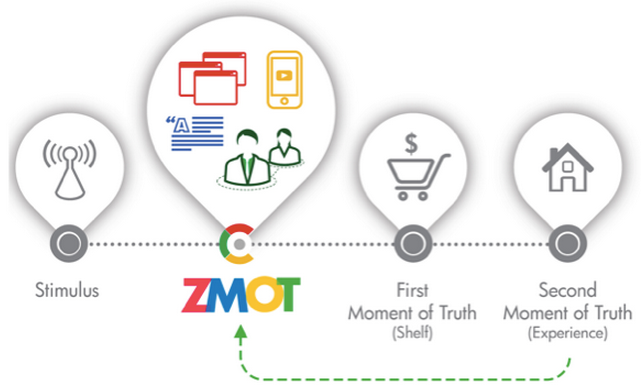#1 on our list of logistics best practices is:
1. Inventory
is planned according to the best information available from forecasts of known
accuracy and market information from suppliers, marketing, the sales force and
customer feedback.
There is no more important activity in
the whole of supply chain than inventory planning. Correctly determining when and how much stock
should be procured will impact every other supply chain activity and affect the
value an organisation provides both in cost and service delivery to the market.
Inventory planning must be in line with your
inventory strategy which is a key part of your supply chain strategy which must support your business strategy. Inventory planning is at the heart of fulfilling the marketing promise.
- What are you promising to your customers?
- Do they expect you to have stock available for
immediate courier
delivery if required? - Or are they prepared to wait a few days whilst
you ship it from your
overseas warehouse because they know you are the cheapest? - Do you even communicate this to your customers?
The same principle applies regardless of your industry, whether the sale is online, B2C, B2B, phone or email. Frustration
is prevented by clear communication. You
are more likely to get repeat business when you communicate and then deliver
what you promise and build trust with your customers.
Once you have the right inventory strategy in
place then you need to support it with the right processes and systems that
will ensure you keep sufficient stock to meet customer demand most of the
time. This is your service level and it
is simply the percentage of the time you are able to fill orders within the promised
time frame. Depending on your market and
the product category you want this to be 98-100%. With a modern and sophisticated forecasting
and planning system you will be able to manage this with great reliability, but
even a basic system will do the job.
Most of the world still uses spreadsheets for planning or to assist the
planning process even if they have a good ERP planning module. Are you measuring your service level?
The right process means using the best
information including an accurate forecast, appropriate safety stock that takes
account of variations in customer demand and any information from the market
that may impact particular products. For
example if your competitor is having supply problems, the sales may come your
way, are you ready? Is one of your
customers on a growth spurt and needing more stock? Getting this information and preparing for it
in your inventory planning is how you win new business and keep it. If customers switch to you when your
competitors let them down, you stand a good chance of keeping them.
You can find out more about best practice logistics by joining The Warehouse Performance Initiative. What are you doing?
If warehousing, logistics and supply chain are important to your
business or your personal career then why not follow this blog by email or on
Google+. To tap in to the full benefits of business and career boosting
ideas I suggest you join The
Warehouse Performance Initiative.


No comments:
Post a Comment